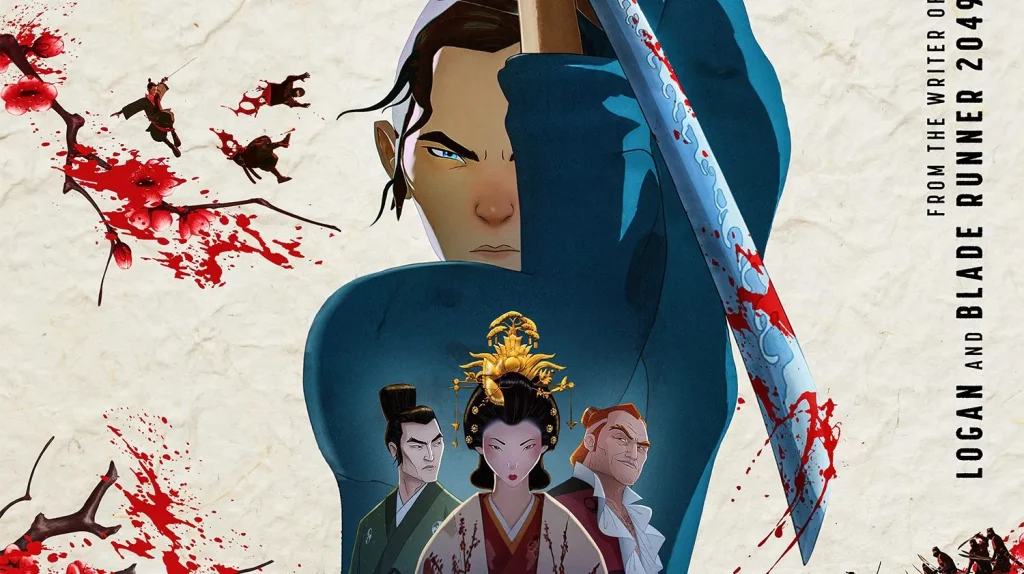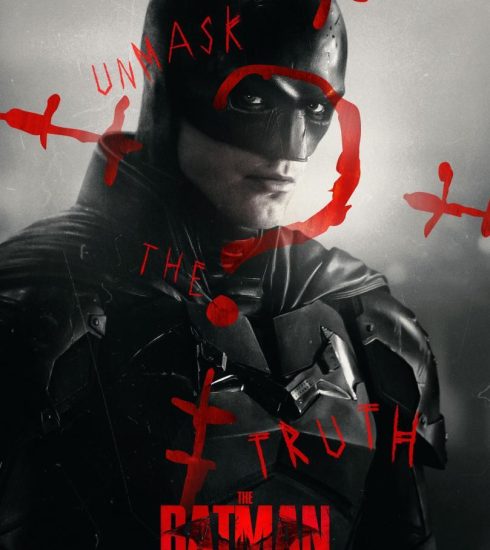Watch Of The Week: Blue Eyed Samura
Even if you are not usually a fan of animation, the cast of Blue Eyed Samurai should make you look its way. Kenneth Branagh, George Takei, Randall Park and Disney star Brenda Song take their parts in a huge, starry ensemble cast. But Maya Erskine is the lead as Mizu, the blue-eyed samurai of the title, who carves a gruesome path through 17th-century Japan on a mission to avenge those responsible for the death of her mother.
This is Edo-era Japan, in which borders have been sealed, and outsiders (and children born to outsiders) are considered to be “less than human”,
“monsters”, and “impure”. Mizu’s blue eyes give her away as the child of a “white devil”. There are only four white men in Japan at this time, and she sets out to kill all of them. We see her tormented by the local children in flashbacks to her childhood. She is saved only by a blind sword maker who, believing her to be a boy – or perhaps simply pretending to – takes her in as his apprentice.
One of the many pleasures of Blue Eye Samurai, and it is a real pleasure to watch, is its frequent fight scenes. Mizu is a legendary samurai
with seemingly superhuman powers capable of taking on whole armies alone, slicing her way through trained guards and hired muscle with the ease of a hot knife sliding into warm butter. You know when the showcase battles are coming, and these are fantastically entertaining – can she
really conquer four giant men known for their ruthlessness on a narrow cliff edge while injured? – but it is also filled with sudden and violent
shocks. A seemingly civil conversation goes south when, out of nowhere, an arm gets sliced off.

It is very bloody and very gory. Teeth are pulled out and used as bullets. Limbs are severed with alarming frequency, and blood sprays and
spurts with abandon. The bodies do not so much pile up as form great mountain ranges. But it is also gorgeous, not just in its snow-covered landscapes but in the painterly details throughout: a forest drips with ice, and a road filled with brothels is dappled with pink lights. Mizu is so set on revenge that she is grave throughout, but there is a rich cast of characters to add the light and shade.Her apprentice Ringo, who knows he is destined for greatness, provides some much-needed warmth and humour, as does the preening Taigen, another samurai Mizu has known since childhood.
She ends up owing Taigen a battle-to-the-death, but their quarrels hint at more than simple rivalry and are rooted in mutual respect. On the other end of the scale, Branagh’s villainous white man, Fowler, who imports weapons and opium and extorts money from the brothel owners, is a pure monster, prone to big, bad speeches that show just how evil he is. He is seemingly unstoppable and sequestered in an isolated island castle. For Mizu, this is a suitable challenge.
It takes itself seriously but rarely gets bogged down by earnestness. In the end, Blue Eye Samurai knows that its main selling point is an epic, violent tale of honour and revenge. Mizu is an outsider in many respects, making it easy to root for her in the seemingly endless series of fights that look, at first, to be unsurmountable. There are betrayals, double-crossings and plenty of moral compromises. This is smart, cinematic entertainment and an awful lot of fun.
Boluwatife Adesina is a media writer and the helmer of the Downtown Review page. He’s probably in a cinema near you.






